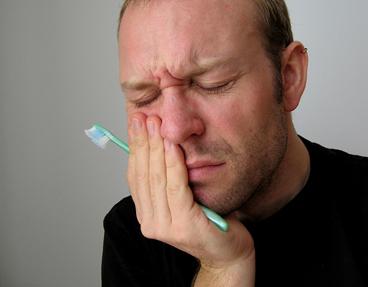Diffusing essential oils in your home environment is useful in many ways than one. Though many tend to think of diffusing as a laborious or unnecessary thing, it is not so. When you diffuse a micro-fine, vaporized mist of essential oil blends in a room or enclosed atmosphere, you defend yourself and your family against potentially life-threatening bacteria and viruses.
Why should you diffuse oils? A diffuser is a special air pump designed to disburse essential oils in a micro-fine vapor in an enclosed space. The vapors stay suspended in the area for several hours, killing or paralyzing infectious organisms. Such diffused oils not just freshen the room with natural fragrances but also kill the pathogens that live in the environment. By using a diffuser, you protect your living atmosphere from dangerous infectious germs, fungus and microbes.

You may ask how diffusing can help with regard to infections outside the home environment. It may not help with infections contracted from outside environment, but it will certainly aid in not letting the infection spread to others in your home. Breathing in air diffused with essential oils will kill and clear any virus or bacteria lining your respiratory tract. It creates a defense mechanism inside you, guarding you against all kinds of possible future infections too. Though there are many devices available to diffuse essential oils at home, not many use it on account of their lack of knowledge in using diffusers and blending oils. This article will give you six most common and easy recipes on how to blend oils to be used in a diffuser.
Diffusing essential oils – tips: Diffusing essential oils releases negative ions which kill microbes and prevent them from infecting people. So, you need to be careful with the amount of oils used in a diffuser pump. Thicker essential oils, in general, diffuse slowly than thinner oils. A 15 ml bottle of a thicker oil like Sandalwood may take about 48 hours to diffuse completely, while a thinner oil like Lemon will diffuse within 8 hours. Oils that can be diffused on a daily basis include – Lavender, Lemon, Patchouli, Ylang Ylang, Cedarwood etc. You can blend oils and diffuse them for greater benefits. Below are some of the most popular diffuser blends used at homes:
1. Blend 1: Use 4 drops of Rosewood with 5 drops of Lavender and 1 drop of Ylang Ylang.
2. Blend 2: Use 5 drops of Rosemary with 1 drop of Peppermint, 3 drops of Lavender and 1 drop of Roman Chamomile
3. Blend 3: Add 2 drops of Grapefruit and 2 drops of Ylang Ylang to 2 drops of Lemon and create a blend.
4. Blend 4: Mix 7 drops of Sweet Orange with 4 drops of Ylang Ylang to create an aromatic blend
5. Blend 5: Add 8 drops of Sweet Orange to 4 drops of Patchouli to make a nice blend and use it in your home environment, especially living area.
6. Blend 6: Use 5 drops of Peppermint with 5 drops of Lavender and 9 drops of Sweet Orange to make a light blend. This may diffuse faster, but will definitely lend a cozy feel to your home.
When you prepare a blend, remember to read through the instructions of the manufacturer. Add only required drops of essential oils to each blend, else you may end up making a highly concentrated essential oil or a very light diffuser blend.








